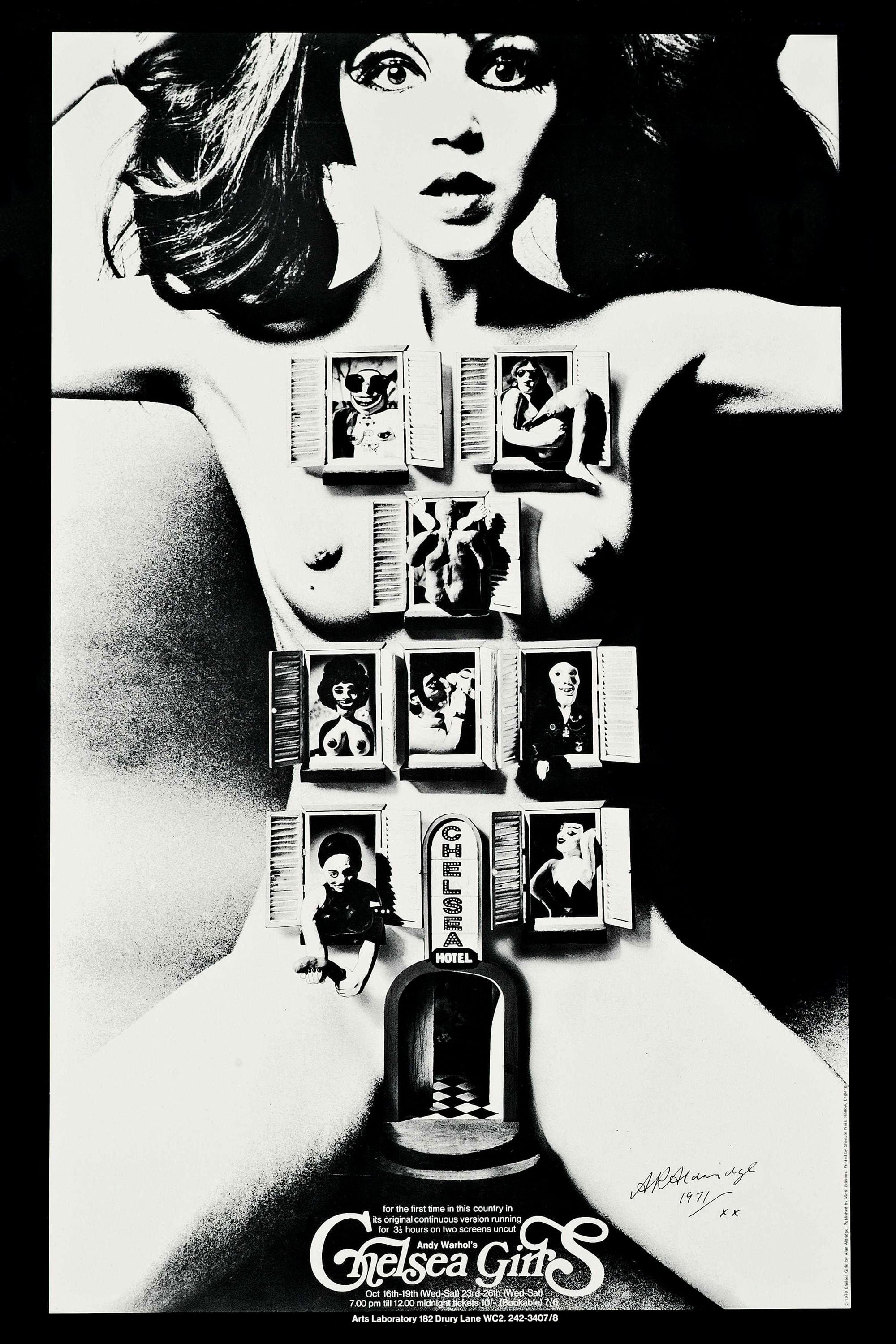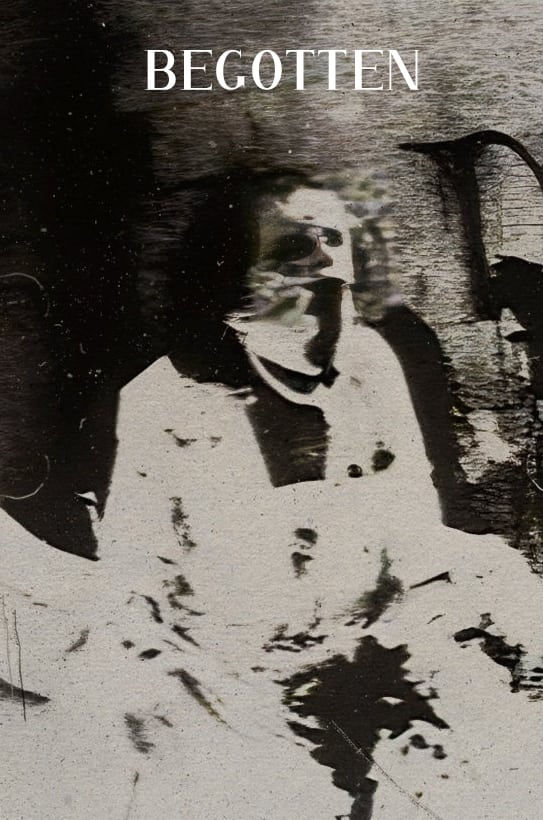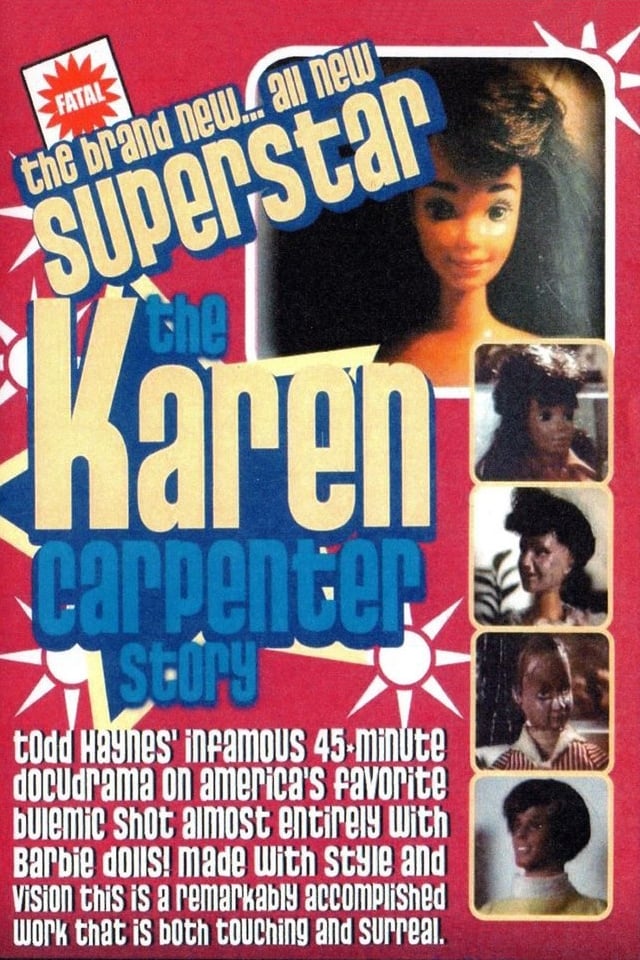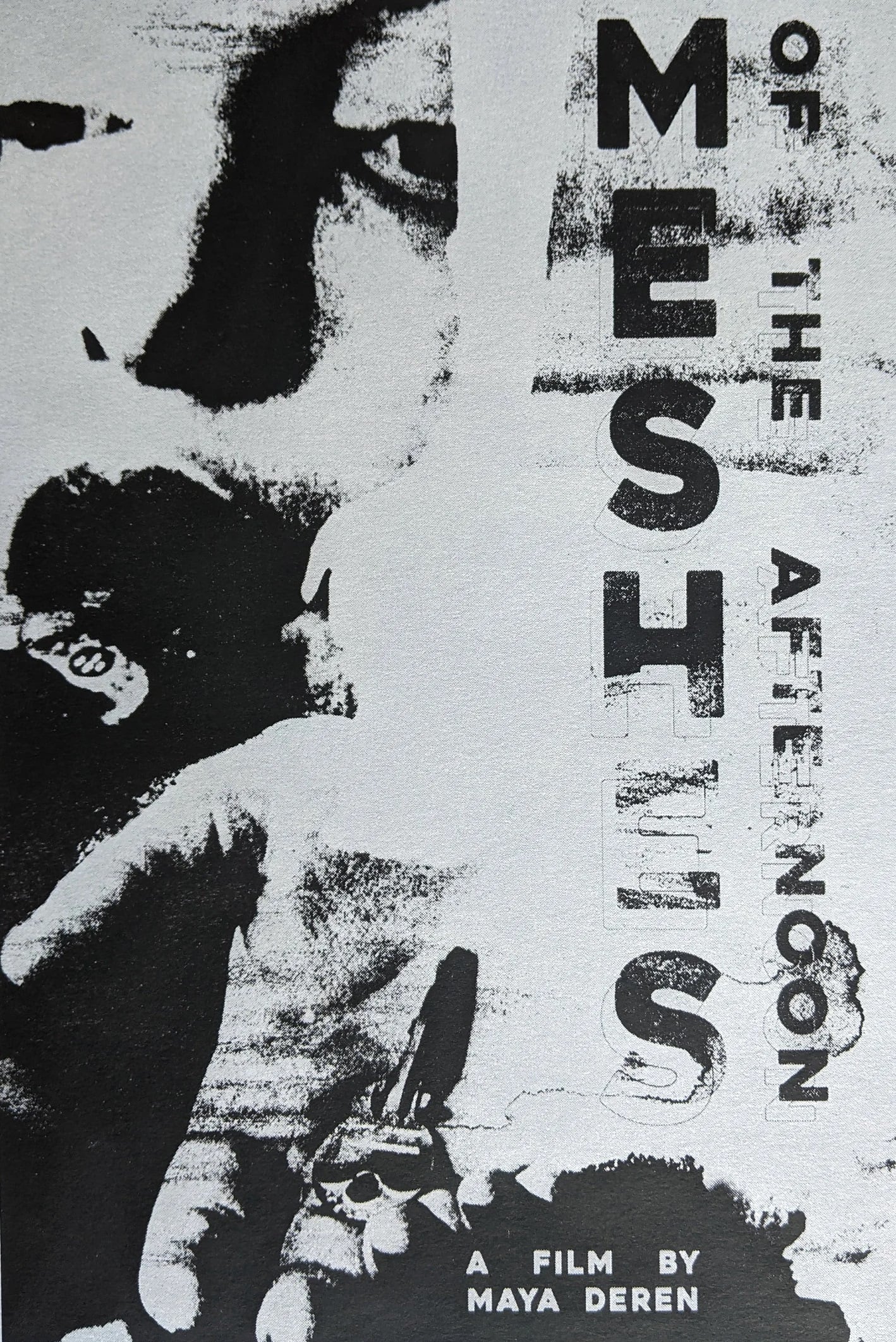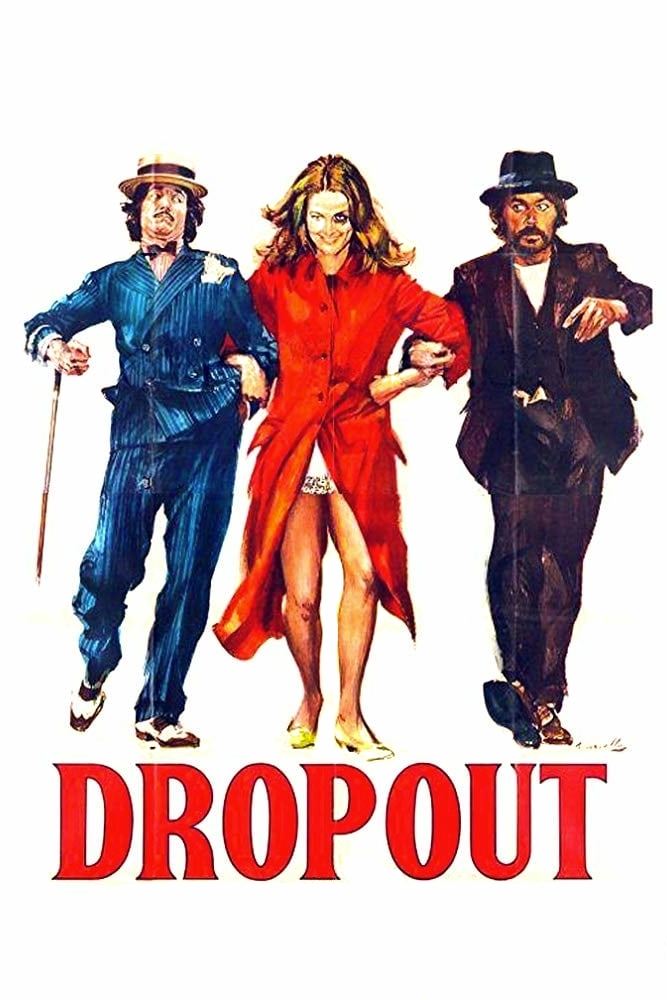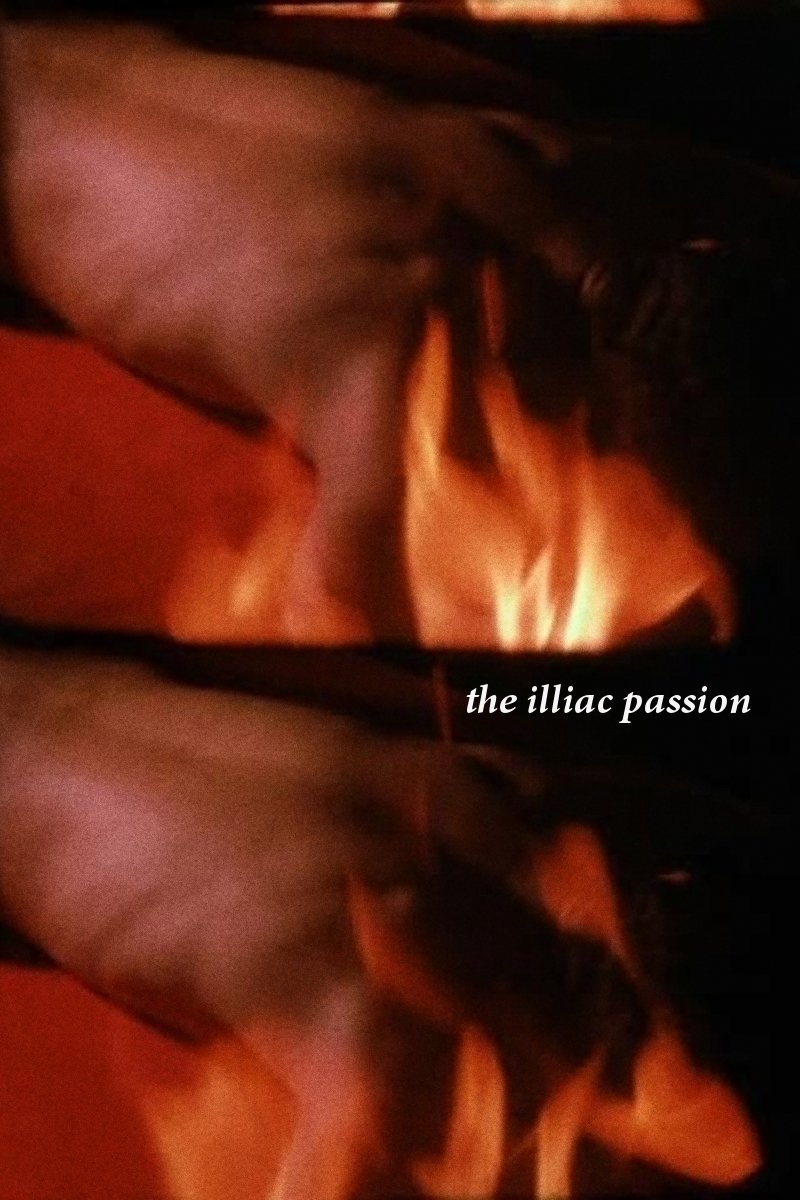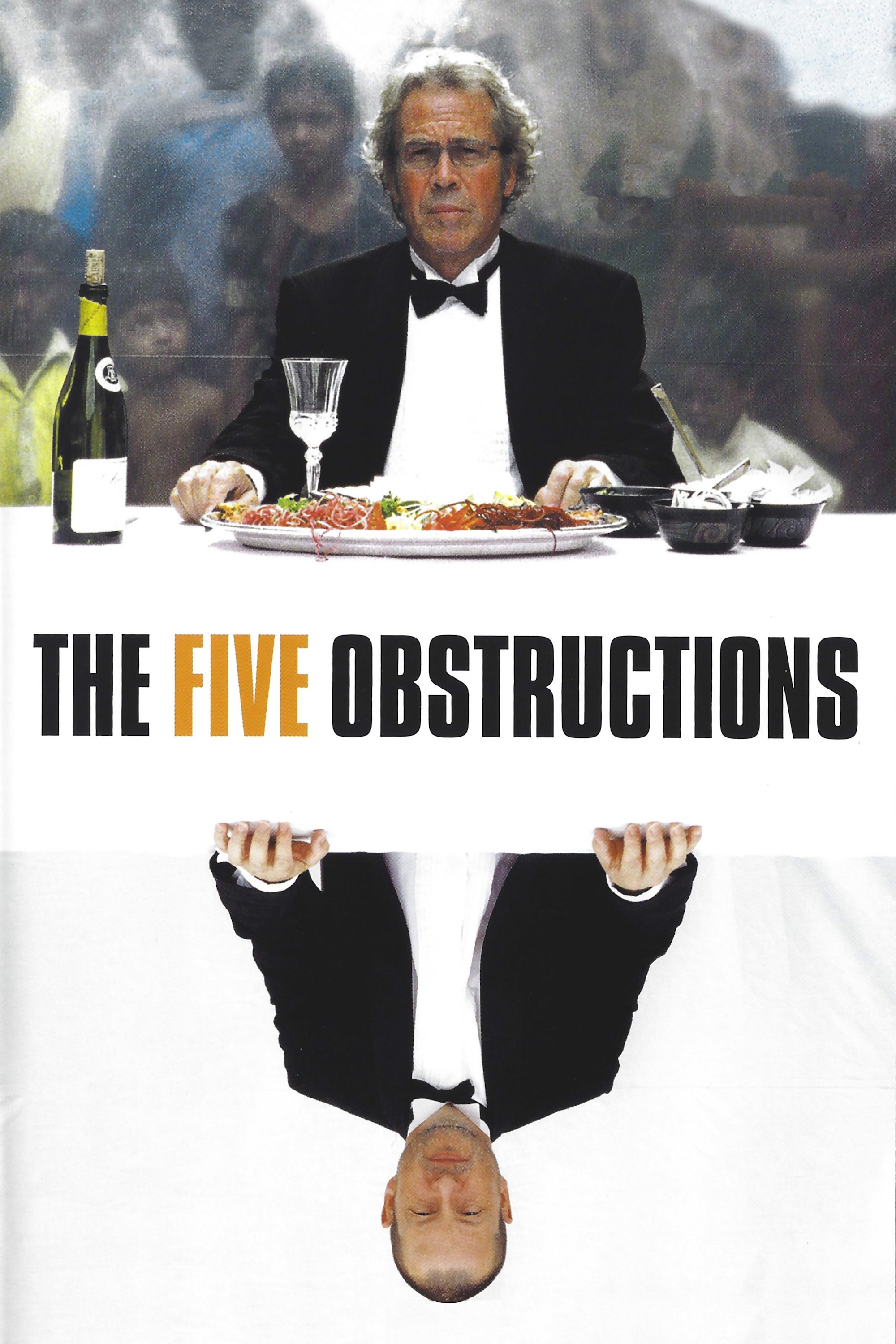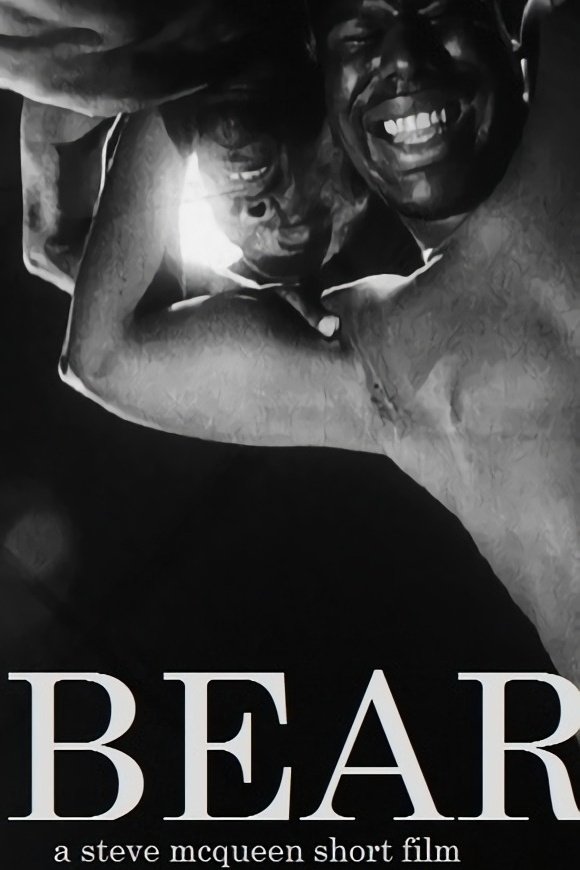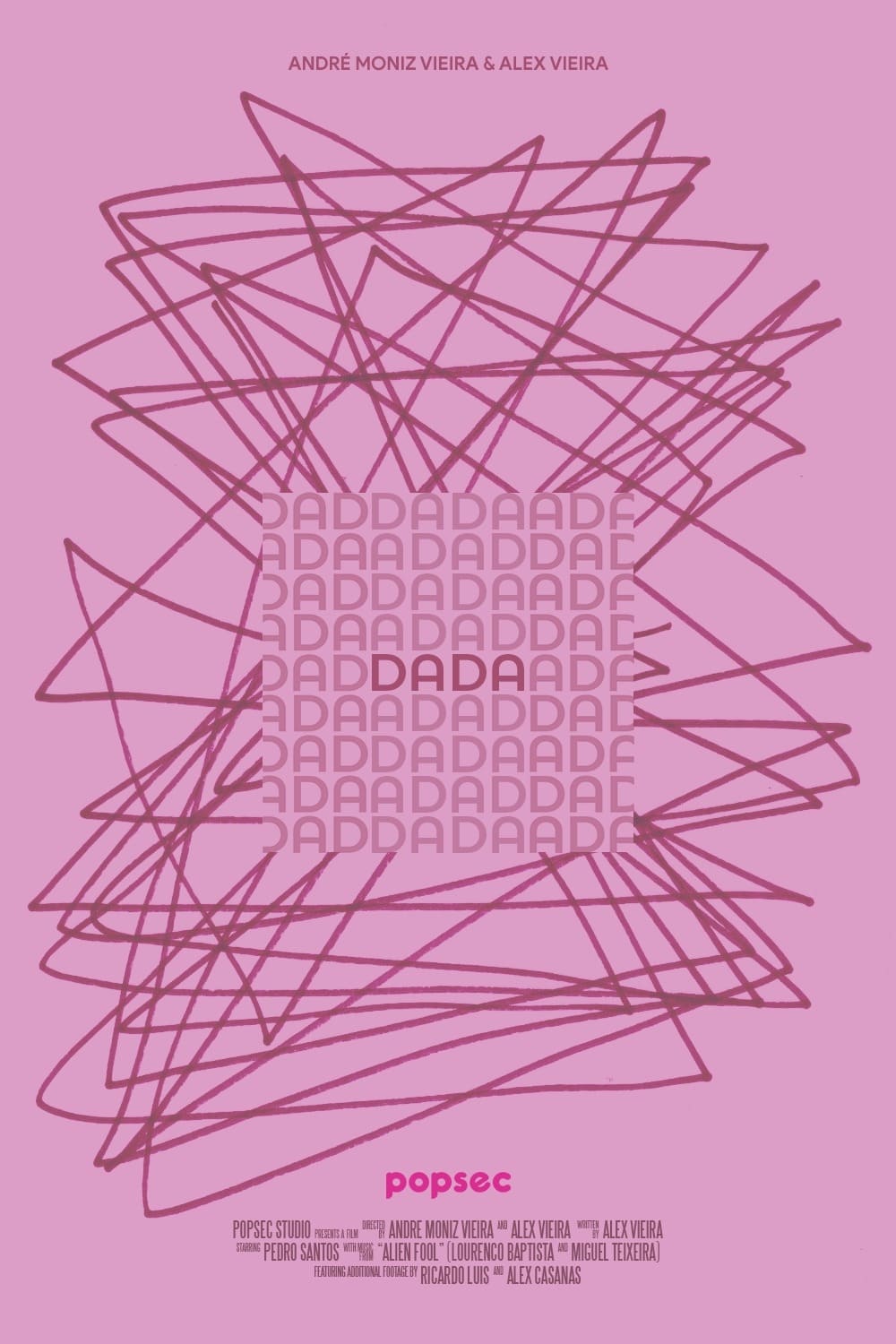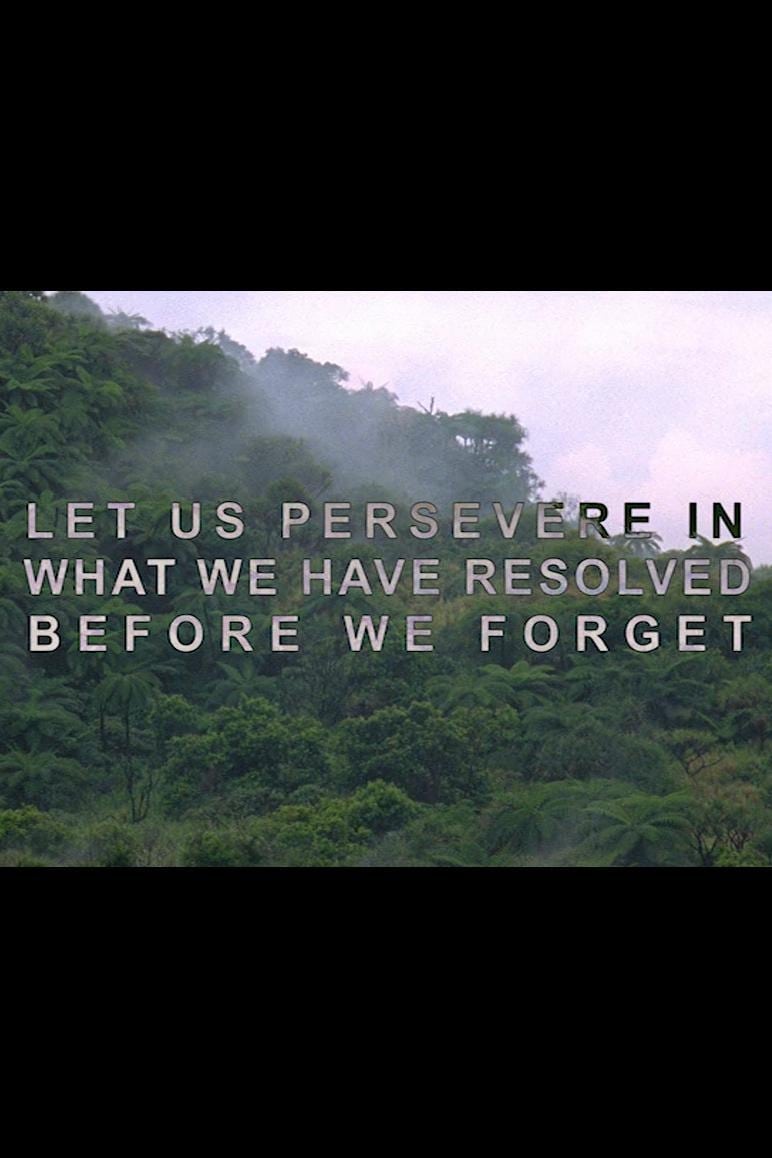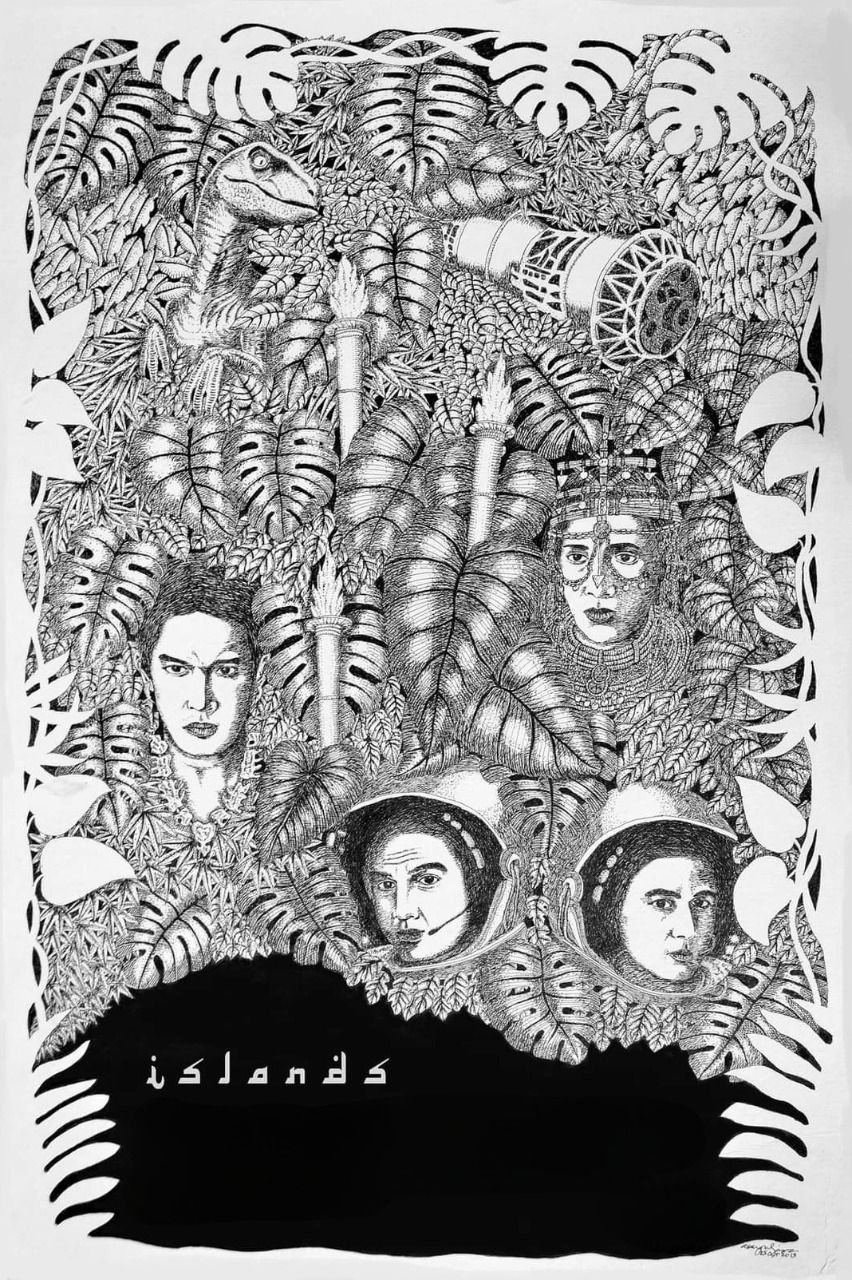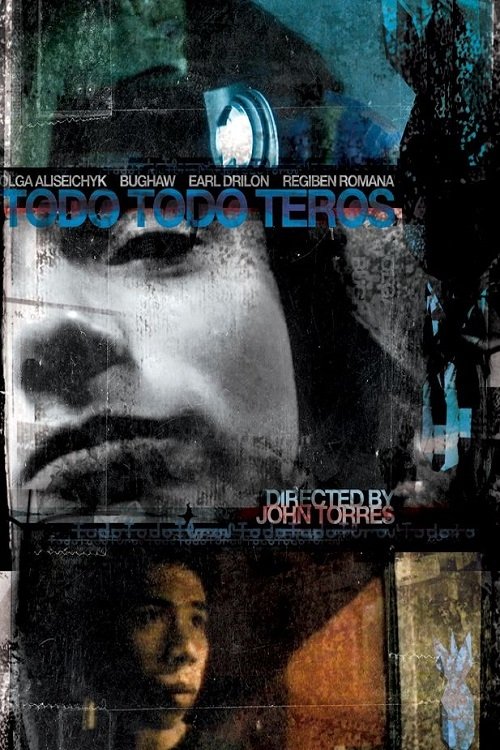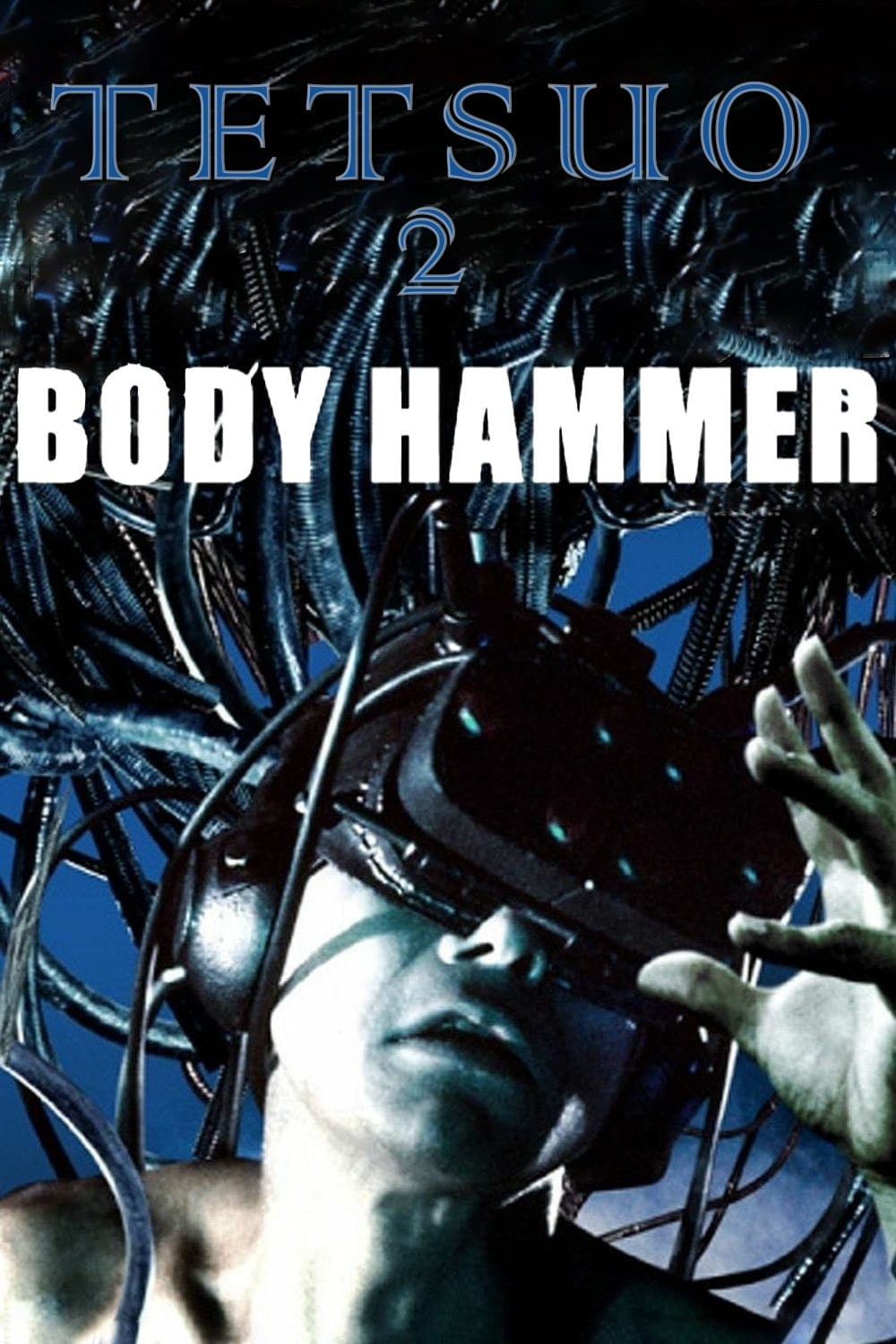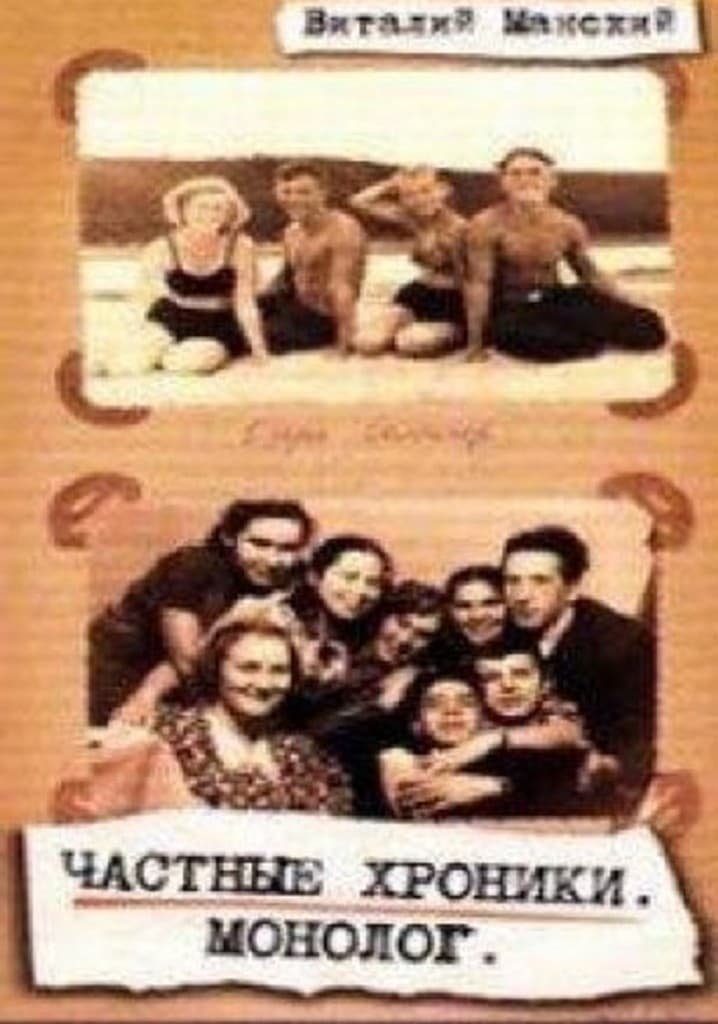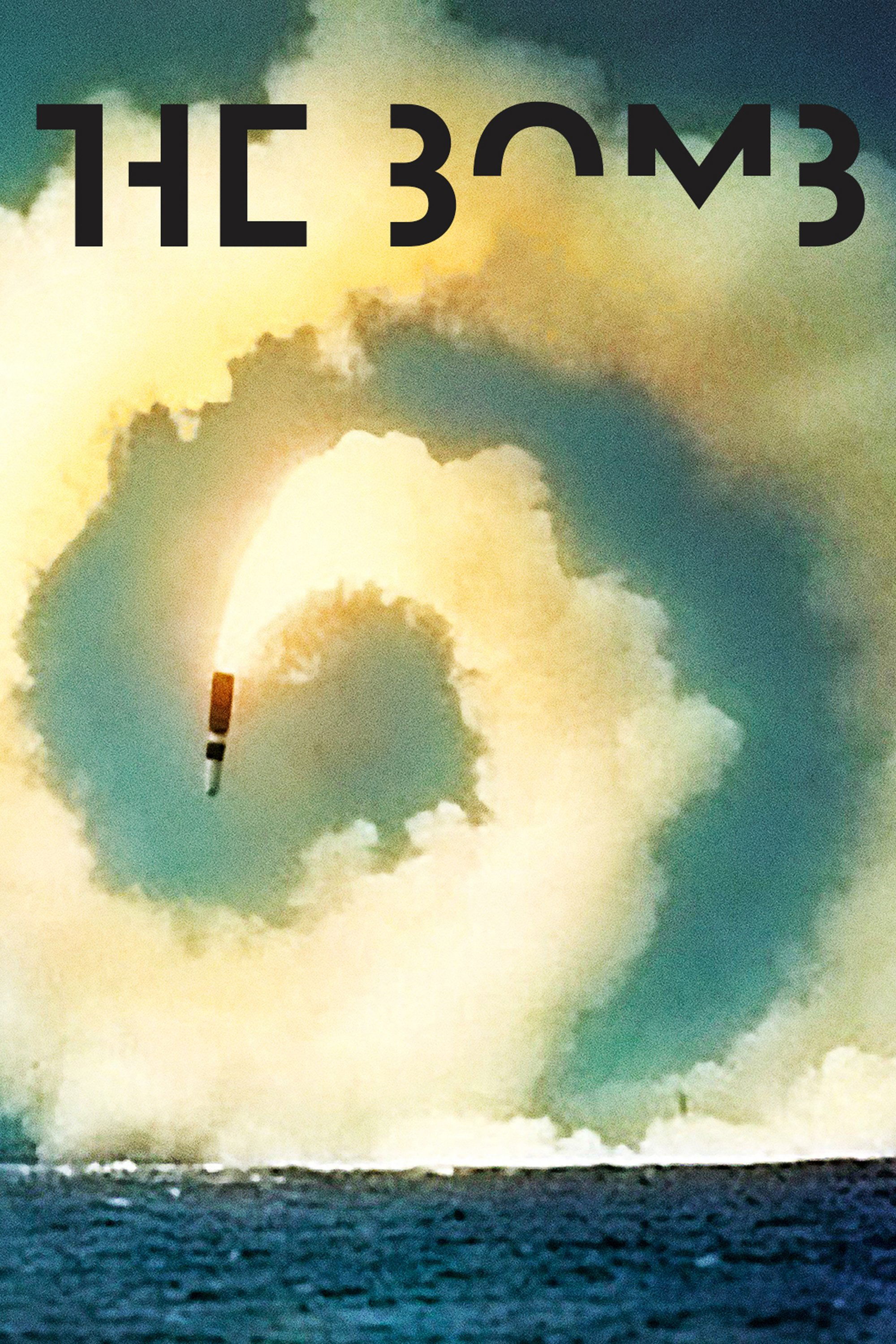Last Days (2004)
Overview
The Valley of Fire. Oficina Chacabuco. The Calumet Industrial Corridor. From the outskirts of Vegas to the desert ghost towns of Chile - a pinhole travelogue for the world’s end, for what was left behind.
Production Companies
Additional Info
| Budget | $0.00 |
|---|---|
| Revenue | $0.00 |
| Original Language | en |
| Popularity | 0.0214 |
Directed By
Ben Russell
TOP CAST
Similar Movies
The Great Ephemeral Skin
Inside the claustrophobic scenery of a fancy apartment in the city of Frankfurt three men and a woman lock themselves in for ten days. Oskar and Julia are a couple. They have sex and let themselves be filmed. Benjamin and Bastian are behind the camera, trying to get pictures of absolute intimacy. Closeness as it can only be found among lovers.
Chelsea Girls
Lacking a formal narrative, Warhol's mammoth film follows various residents of the Chelsea Hotel in 1966 New York City. The film was intended to be screened via dual projector set-up.
Superstar: The Karen Carpenter Story
The final 17 years of American singer and musician Karen Carpenter, performed almost entirely by modified Barbie dolls.
Meshes of the Afternoon
A woman returning home falls asleep and has vivid dreams that may or may not be happening in reality. Through repetitive images and complete mismatching of the objective view of time and space, her dark inner desires play out on-screen.
Gerhana
A dark take on media manipulation and political situation in Malaysia. The idea is to convey how normal citizens even though sometimes they know what they read and heard are absurd and not right but still with not much options to react but to accept them in order to maintain their livelihood. And at the same time powerful figures whom understands the mentality of the citizens continues to drives their ridiculous and absurd ideas and opinions to the mass.
Leonora Carrington or The Ironic Spell
Cinema and painting establish a fluid dialogue and begins with introspection in the themes and forms of the plastic work of a woman tormented by the elongated specters, originating from her obsessions and nightmares.
The Illiac Passion
Prometheus, on an Odyssean journey, crosses the Brooklyn Bridge in search of the characters of his imagination. After meeting the Muse, he proceeds to the "forest." There, under an apple tree, he communes with his selves, represented by celebrated personages from the New York "underground scene" who appear as modern correlatives to the figures of Greek mythology. The filmmaker, who narrates the situations with a translation of Aeschylus' Prometheus Bound , finds the personalities of his characters to have a timeless universality.
The Five Obstructions
Lars von Trier challenges his mentor, filmmaker Jørgen Leth, to remake Leth’s 1967 short film The Perfect Human five times, each with a different set of bizarre and challenging rules.
Bear
Bear (10 minutes, 35 seconds) was Steve McQueen's first major film. Although not an overtly political work, for many viewers it raises sensitive issues about race, homoeroticism and violence. It depicts two naked men – one of whom is the artist – tussling and teasing one another in an encounter which shifts between tenderness and aggression. The film is silent but a series of stares, glances and winks between the protagonists creates an optical language of flirtation and threat.
Monday or Tuesday
A divorced journalist Marko Požgaj starts his working day by taking his son to the school. During the day many thoughts and images pass through his mind - the memories of childhood, ex-wife, current girlfriend, but mostly his father who died in a war.
Let Us Persevere in What We Have Resolved Before We Forget
On the island of Tanna, a part of Vanuatu, an archipelago in Melanesia, strange rites are enacted and time passes slowly while the inhabitants await the return of the mysterious John.
Islands
ISLANDS explores a cinematic journey of two astronauts. As they enter Earth’s atmosphere the structure transforms. The spacecraft becomes the meteor from a myth of a tribesman; it triggers an old lady’s memory of a lover from her past. As these diverse characters converge in a plane of reality, we confront a particular form of gravity we covertly feel—falling in love.
Todo Todo Teros
Basically an artist is also a terrorist, the protagonist thinks in an unguarded moment. And if he is a terrorist after all, then he might just as well be one. Not an instant product, but an experimental feature in which diary material is brought together to form an intriguing puzzle.
Tetsuo II: Body Hammer
A Japanese salaryman finds his body transforming into a weapon through sheer rage after his son is kidnapped by a gang of violent thugs.
Private Chronicles: Monologue
The collective life of the generation born as Jurij Gagarin became the first man in space. Vitaly Mansky has woven together a fictional biography – taken from over 5.000 hours of film material, and 20.000 still pictures made for home use. A moving document of the fictional, but nonetheless true life of the generation who grew up in this time of huge change and upheaval.

